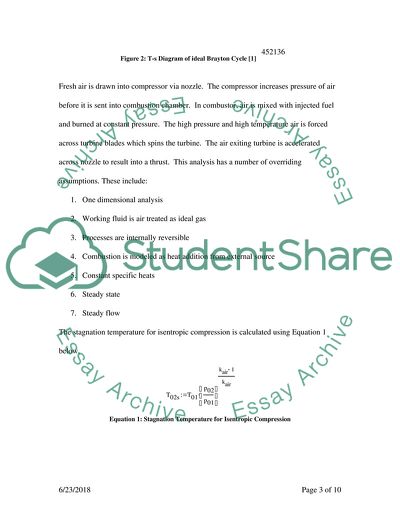Cite this document
(The SR-30 Turbojet Engine Performance and Work Analysis Research Paper Example | Topics and Well Written Essays - 1250 words, n.d.)
The SR-30 Turbojet Engine Performance and Work Analysis Research Paper Example | Topics and Well Written Essays - 1250 words. https://studentshare.org/engineering-and-construction/1821749-jet-engine-performance-exercise
The SR-30 Turbojet Engine Performance and Work Analysis Research Paper Example | Topics and Well Written Essays - 1250 words. https://studentshare.org/engineering-and-construction/1821749-jet-engine-performance-exercise
(The SR-30 Turbojet Engine Performance and Work Analysis Research Paper Example | Topics and Well Written Essays - 1250 Words)
The SR-30 Turbojet Engine Performance and Work Analysis Research Paper Example | Topics and Well Written Essays - 1250 Words. https://studentshare.org/engineering-and-construction/1821749-jet-engine-performance-exercise.
The SR-30 Turbojet Engine Performance and Work Analysis Research Paper Example | Topics and Well Written Essays - 1250 Words. https://studentshare.org/engineering-and-construction/1821749-jet-engine-performance-exercise.
“The SR-30 Turbojet Engine Performance and Work Analysis Research Paper Example | Topics and Well Written Essays - 1250 Words”. https://studentshare.org/engineering-and-construction/1821749-jet-engine-performance-exercise.


